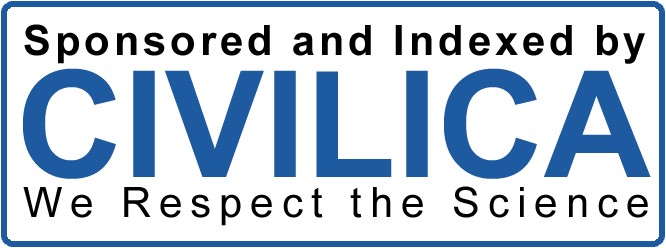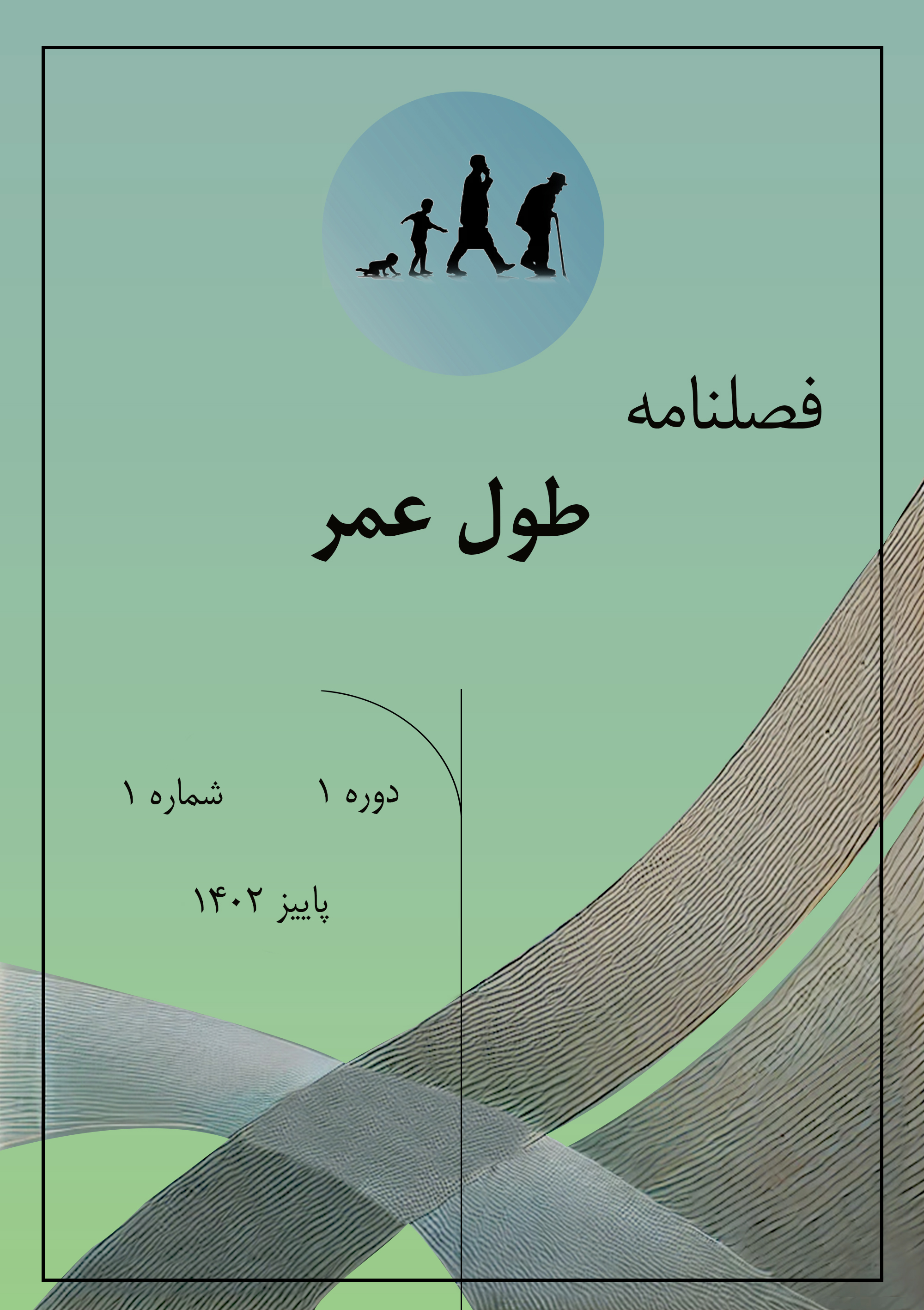The Application of Artificial Intelligence in Analyzing Central and Peripheral Mechanisms in Gait Adaptation During Aging
Keywords:
Artificial intelligence, aging, gait, machine learning, central and peripheral mechanismsAbstract
To investigate the role of artificial intelligence in analyzing central and peripheral mechanisms involved in gait adaptation among the elderly. This study employed a narrative review design using descriptive analysis. A systematic search was conducted across international databases from 2015 to 2025 to identify relevant studies on the use of AI in gait analysis in older adults. Extracted data were categorized based on data types (motion, neural, muscular, wearable) and the AI algorithms applied. The results indicate that AI algorithms have effectively identified abnormal gait patterns in older adults and modeled interactions between brain activity, muscle coordination, and joint dynamics. The use of multimodal data, such as EEG, EMG, fNIRS imaging, and wearable sensors, has enabled early prediction of pathological gait changes. Algorithms such as neural networks, Random Forest, and SVM demonstrated high performance in processing these datasets. Artificial intelligence, through its capacity to process complex data and detect hidden patterns, serves as a powerful tool in the analysis of gait mechanisms in aging. Despite challenges such as data quality dependency and interpretability issues, AI can play a vital role in early diagnosis, personalized rehabilitation planning, and enhancing mobility independence in older adults.
References
Al-Yahya, E., Mahmoud, W., Meester, D., Esser, P., & Dawes, H. (2019). Neural Substrates of Cognitive Motor Interference During Walking; Peripheral and Central Mechanisms. Frontiers in human neuroscience, 12. https://doi.org/10.3389/fnhum.2018.00536
Bouzar, M., Bryce, M., Castillo, S., Cortez, D., Doucette, O., Garcia, B., Ho, A. H. Y., Ito, K., Kim, C., Lansdell, K., & Soangra, R. (2022). Peripheral Display in Virtual Reality Environments Involves Higher Cognitive Demands Compared to Centered Display During Dual-Tasking. Proceedings of the Human Factors and Ergonomics Society Annual Meeting, 66(1), 1015-1019. https://doi.org/10.1177/1071181322661362
Chang, Q., & Mei, F. (2018). A Bioinspired Gait Transition Model for a Hexapod Robot. Journal of Robotics, 2018, 1-11. https://doi.org/10.1155/2018/2913636
Clarke, G. S., Gatford, K. L., Young, R. L., Grattan, D. R., Ladyman, S. R., & Page, A. J. (2021). Maternal Adaptations to Food Intake Across Pregnancy: Central and Peripheral Mechanisms. Obesity, 29(11), 1813-1824. https://doi.org/10.1002/oby.23224
Gimmon, Y., Millar, J., Pak, R. W., Liu, E., & Schubert, M. C. (2017). Central Not Peripheral Vestibular Processing Impairs Gait Coordination. Experimental Brain Research, 235(11), 3345-3355. https://doi.org/10.1007/s00221-017-5061-x
Heinzel, J., Swiadek, N. V., Ashmwe, M., Rührnößl, A., Oberhauser, V., Kolbenschlag, J., & Hercher, D. (2020). Automated Gait Analysis to Assess Functional Recovery in Rodents With Peripheral Nerve or Spinal Cord Contusion Injury. Journal of Visualized Experiments(164). https://doi.org/10.3791/61852
Holtzer, R., Verghese, J., Allali, G., İzzetoğlu, M., Wang, C., & Mahoney, J. R. (2015). Neurological Gait Abnormalities Moderate the Functional Brain Signature of the Posture First Hypothesis. Brain Topography, 29(2), 334-343. https://doi.org/10.1007/s10548-015-0465-z
Huang, Y. Z., Chang, F.-Y., Liu, W.-C., Chuang, Y.-F., Chuang, L.-L., & Chang, Y. J. (2017). Fatigue and Muscle Strength Involving Walking Speed in Parkinson’s Disease: Insights for Developing Rehabilitation Strategy for PD. Neural plasticity, 2017, 1-9. https://doi.org/10.1155/2017/1941980
Kim, D., Triolo, R. J., & Charkhkar, H. (2023a). Plantar Somatosensory Restoration Enhances Gait, Speed Perception, and Motor Adaptation. Science Robotics, 8(83). https://doi.org/10.1126/scirobotics.adf8997
Kim, D., Triolo, R. J., & Charkhkar, H. (2023b). Restored Somatosensation in Individuals With Lower Limb Loss Improves Gait, Speed Perception, and Motor Adaptation. https://doi.org/10.1101/2023.05.30.23290267
Klöcker, A., Gueorguiev, D., Thonnard, J. L., & Mouraux, A. (2016). Peripheral vs. Central Determinants of Vibrotactile Adaptation. Journal of Neurophysiology, 115(2), 685-691. https://doi.org/10.1152/jn.00519.2015
Lv, Y., Fang, H., Xu, J., Wang, Q., & Zhang, X. (2020). A Heterogeneous Model for Gait Analysis of the Lower-Limb and the Prosthesis Coupled System. https://doi.org/10.1115/detc2020-22392
Marcus, H. J., Paine, H., Sargeant, M., Wolstenholme, S., Collins, K., Marroney, N., Arshad, Q., Tsang, K., Jones, B., Smith, R., Wilson, M. H., Rust, H., & Seemungal, B. M. (2019). Vestibular Dysfunction in Acute Traumatic Brain Injury. Journal of Neurology, 266(10), 2430-2433. https://doi.org/10.1007/s00415-019-09403-z
Mitchell, T., Starrs, F., Soucy, J.-P., Thiel, A., & Paquette, C. (2018). Impaired Sensorimotor Processing During Complex Gait Precedes Behavioral Changes in Middle-Aged Adults. The Journals of Gerontology Series A, 74(12), 1861-1869. https://doi.org/10.1093/gerona/gly210
Monfort, S. M., Pan, X., Loprinzi, C. L., Lustberg, M. B., & Chaudhari, A. M. (2019). Exploring the Roles of Central and Peripheral Nervous System Function in Gait Stability: Preliminary Insights From Cancer Survivors. Gait & Posture, 71, 62-68. https://doi.org/10.1016/j.gaitpost.2019.04.002
Nocera, J., Arşık, İ., Keskinocak, P., Lepley-Flood, A., Lah, J. J., Levey, A. I., & Esper, G. J. (2019). The Feasibility of Measuring Gait in an Outpatient Cognitive Neurology Clinical Setting. Journal of Alzheimer S Disease, 71(s1), S51-S55. https://doi.org/10.3233/jad-190106
Shushtari, S. M., Weng, J., Nasiri, R., & Arami, A. (2021). A Framework for Modeling and Simulation of Neuromuscular Control of Walking. https://doi.org/10.32393/csme.2021.95
Simon, N. G., Franz, C. K., Gupta, N., Alden, T. D., & Kliot, M. (2016). Central Adaptation Following Brachial Plexus Injury. World Neurosurgery, 85, 325-332. https://doi.org/10.1016/j.wneu.2015.09.027
Sui, S. X., Hendy, A. M., Teo, W. P., Moran, J. T., Nuzum, N. D., & Pasco, J. A. (2022). A Review of the Measurement of the Neurology of Gait in Cognitive Dysfunction or Dementia, Focusing on the Application of fNIRS During Dual-Task Gait Assessment. Brain Sciences, 12(8), 968. https://doi.org/10.3390/brainsci12080968
Sun, T., Dai, Z., & Manoonpong, P. (2023). Robust and Reusable Self-Organized Locomotion of Legged Robots Under Adaptive Physical and Neural Communications. Frontiers in Neural Circuits, 17. https://doi.org/10.3389/fncir.2023.1111285
Wallard, L., Boulet, S., Cornu, O., Dubuc, J.-É., Mahaudens, P., Postlethwaite, D., Cauter, M. V., & Detrembleur, C. (2018). Intersegmental Kinematics Coordination in Unilateral Peripheral and Central Origin: Effect on Gait Mechanism? Gait & Posture, 62, 124-131. https://doi.org/10.1016/j.gaitpost.2018.03.014
Wang, G., Chen, X., & Han, S.-K. (2017). Central Pattern Generator and Feedforward Neural Network-Based Self-Adaptive Gait Control for a Crab-Like Robot Locomoting on Complex Terrain Under Two Reflex Mechanisms. International Journal of Advanced Robotic Systems, 14(4), 172988141772344. https://doi.org/10.1177/1729881417723440
Zhang, J. (2025). Terrain-Adaptive Gait Planning Method for Hexapod Bionic Robots. Applied and Computational Engineering, 127(1), 141-147. https://doi.org/10.54254/2755-2721/2025.20263

Downloads
Published
Submitted
Revised
Accepted
Issue
Section
License
Copyright (c) 2025 رویا خسروپور, ساسان بهره مند (نویسنده)

This work is licensed under a Creative Commons Attribution-NonCommercial 4.0 International License.









